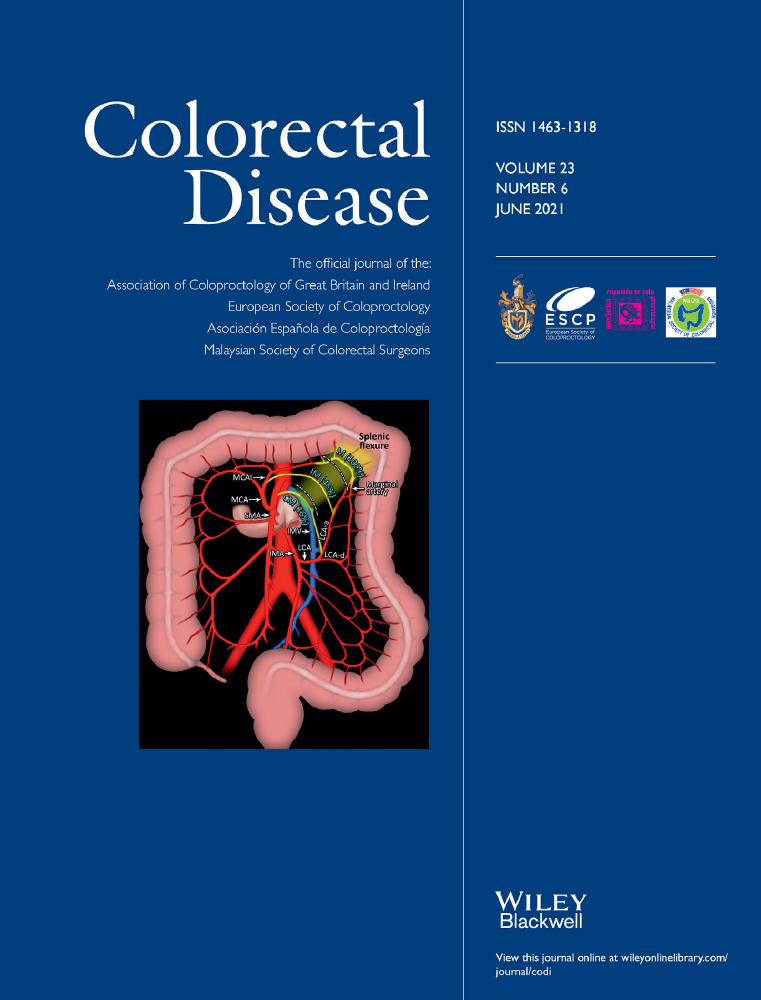Can normalized carcinoembryonic antigen following neoadjuvant chemoradiation predict tumour recurrence after curative resection for locally advanced rectal cancer?
Poster presentation at the annual meeting of the American Society of Colon and Rectal Surgeons, 1–5 June 2019, Cleveland, Ohio, USA.
Abstract
Aim
The aim of this work was to evaluate whether normalized carcinoembryonic antigen (CEA) following neoadjuvant chemoradiation predicts the prognosis following curative resection in locally advanced rectal cancer.
Method
Patients who underwent neoadjuvant chemoradiation and curative resection for locally advanced rectal cancer between 2010 and 2015 were divided into three groups: Group A (n = 119, normal-to-normal): normal CEA before and after neoadjuvant chemoradiation; Group B (n = 37, high-to-normal): elevated CEA before and normal CEA after neoadjuvant chemoradiation; Group C (n = 36, high-to-high): elevated CEA before and after neoadjuvant chemoradiation. Overall and disease-free survival were compared. Univariate and multivariate analyses identified potential predictors for recurrence.
Results
One hundred and ninety two patients [median age 59 years (range 31–87), 65.1% male] were identified: 54.7% had low rectal cancer: 12.5% were clinical stage T4 and 70.3% were clinically node positive; 21.9% achieved complete pathological response; 24.5% had abdominoperineal resection (APR); and 70.3% underwent adjuvant chemotherapy following curative resection. Significantly more patients in Group C underwent APR (p = 0.0209), had advanced pathological T stage (P = 0.0065) and a higher prevalence of perineural invasion (p = 0.0042). Overall and disease-free survival were significantly higher for Group A than for Group C [hazard ratio (HR) = 4.32, 95% CI = 1.66–11.21, p = 0.0026 and HR=2.68, 95% CI = 1.33–5.40, p = 0.0057, respectively]. No significant difference was noted between Groups A and B for overall (p = 0.0591) or disease-free (p = 0.2834) survival. Another risk factor associated with recurrence and death was clinical T4 stage; nodal positivity was a risk factor only for recurrence.
Conclusion
Elevated CEA after neoadjuvant chemoradiation and clinical stage T4 disease were unfavourable predictors for overall and disease-free survival. Normalized CEA during neoadjuvant chemoradiation may serve as a prognosticator, although pretreatment CEA may significantly affect survival.
CONFLICT OF INTERESTS
None.
Open Research
DATA AVAILABILITY STATEMENT
Data available on request due to privacy/ethical restrictions




